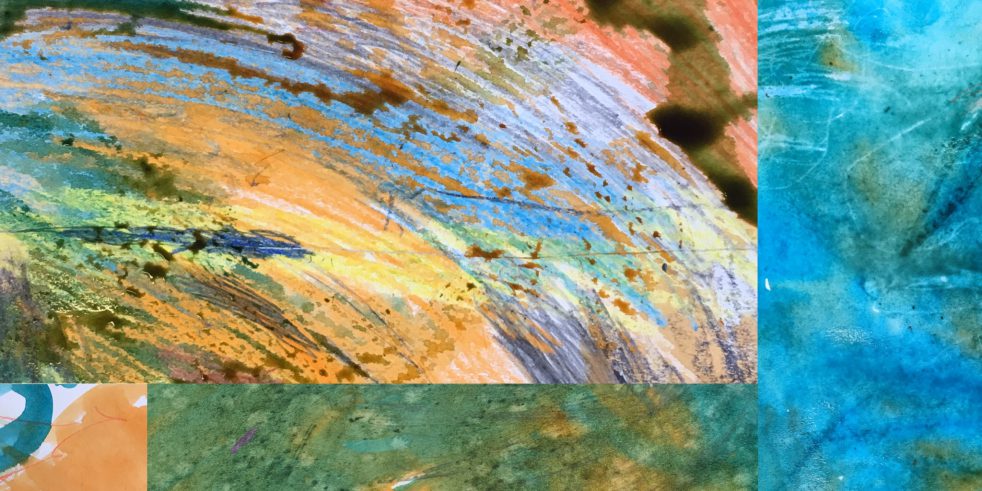In October, I received a message from my sister that The Barnes Foundation was hosting a workshop for educators to learn how to get their students to participate in the museum’s 2019 Art of Math Challenge for K—high school students in the Philadelphia and surrounding areas. The workshop was so instrumental in acquainting us with this inquiry-based, student-led experiential process. The Challenge invited students to design and build a 3-D scale model of one of three paintings.
Before the design process, in half groups our first- and second-grade students studied art posters provided by The Barnes of Horace Pippin’s Giving Thanks and Paul Cezanne’s The Card Players to generate ideas about the following math concepts: (1) number, (2) shape, (3) space, and (4) size. We used these paintings to set up re-enactments of the scene through role-play and through block structure representation. Role-play proved to be a successful strategy for full participation and collaboration as the children exchanged ideas in achieving the most precise reenactment. “Maybe we should move closer to the table.” “You should take maybe 2 steps backwards.”
The Art of Math Challenge requires a written statement to accompany each model that presents our students’ thinking using math language appropriate to their level of study that reflects their selected math strategies in solving problems during the design and building process. “We prize your students’ mathematic thinking as much as their creative output, so encourage your students to not worry about their model being a ‘perfect’ artwork as long as it reflects their math ideas and calculations accurately.”
One group, The Ancients, designed and constructed Interior Scene, Unidentified artist, late 18th or 19th century. Another group collaborated in making a scale model of The Raft, by William Glackens, 1915.
The Ancients noticed that the color copy of the painting was a perfect square. “We figured out how to map it out.” They discovered that their model base measured 20 x 30 inches, and “30-10=20 inches!” so they trimmed the base to make it measure 20 x 20. Next, one student made the smallest person in the painting out of pipe cleaners, tissue paper, and fabric that was 6 Unifix cubes high.
Both groups used a similar strategy of using the height of one of their constructed figures to calculate the measurement of everything else in relation to that figure, such as furniture and boats. Students had to trouble-shoot and readjust sizes when they confronted unexpected problems during the investigation. “Wait, the smallest person has to be taller because look how the two stools are so much bigger.” “Is the bed longer than the smallest person? How many Unifix cubes more should it be?”
Our Art of Math Challenge included a culminating event scheduled a week before the presentation of all the participants’ 3-D models at The Barnes. It felt only natural to visit The Barnes to see the selected paintings up close in their original form. Many of us were surprised by the actual sizes of the works! The Raft is “not too large,” and Interior Scene had “lighter gold and no red tones like what we saw” noted one student. The trip also aligned with our social studies theme of Identity as we walked along city blocks to make meaning of community identity and make connections with murals, homes, schools, businesses, and day-to-day happenings.




